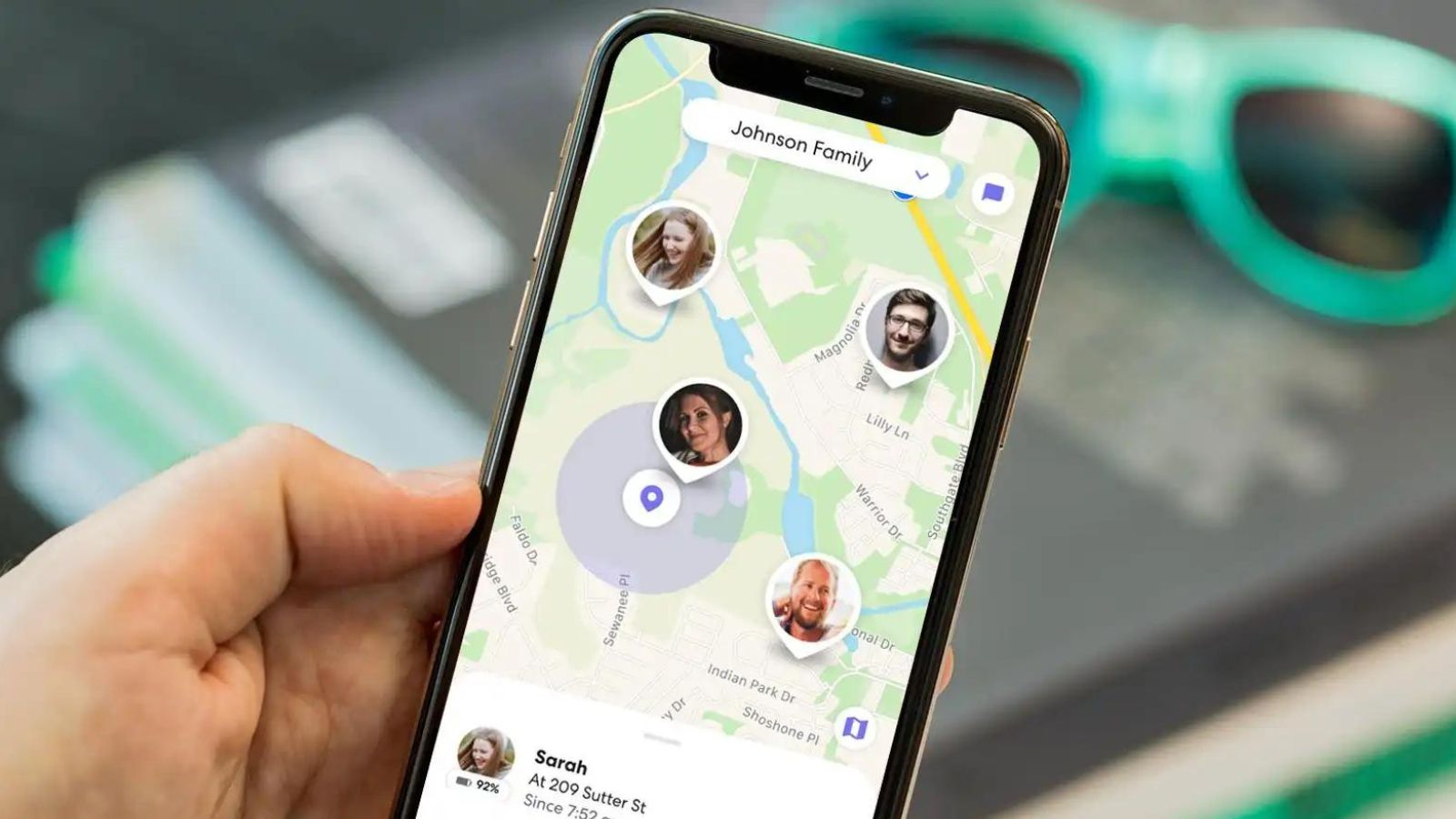In a world that’s increasingly digital, apps have become our lifelines. They’re our gateways to endless information, entertainment, and services. But how much do we really know about these powerful tools and their features?
I’m here to shed some light on the fascinating world of apps and features. We’ll delve into what makes an app tick, the key features that set apart the great from the good, and how to make the most of your digital toolbox.
Delving deeper, I’ll now provide an overview of the expected state of apps and their features in 2023. Drawing on authoritative sources and emerging technological trends, I aim to provide a clearer picture of the future of digital tools, considering the preview of their evolution and their seamless integration into our everyday lives.
Apps and Features
 A cursory look at the history reveals that apps have undergone a dramatic transformation over the years. Originally, their primary function was to perform simple tasks, such as taking notes, setting alarms, calculating numbers, and more. However, as technology advanced, so did the role of apps in our lives. Fast forward a few years, we notice the emergence of more sophisticated apps capable of performing complex activities like booking a cab, ordering food online, or managing finances. In other words, the evolution from mere utility-focused to multi-featured, offering a broad range of features on a single platform.
A cursory look at the history reveals that apps have undergone a dramatic transformation over the years. Originally, their primary function was to perform simple tasks, such as taking notes, setting alarms, calculating numbers, and more. However, as technology advanced, so did the role of apps in our lives. Fast forward a few years, we notice the emergence of more sophisticated apps capable of performing complex activities like booking a cab, ordering food online, or managing finances. In other words, the evolution from mere utility-focused to multi-featured, offering a broad range of features on a single platform.
Peeking into the future, by 2023, apps are predicted to take on even more advanced roles. Notably, they’ll be expected to leverage artificial intelligence and machine learning algorithms, providing personalized user experiences and more efficient services.
The Integration of Features into Daily Life
With the continuous evolution of app functionality, their features have started blending into our daily lives. Many of us tend to start our day by reaching out for our smartphones, almost instinctively. These hand-held devices offer multiple apps offering features like morning news updates, weather forecasts, reminders for important meetings, and even meditation modules.
By 2023, it’s anticipated that these integrations may become deeper, even more, ingrained in our day-to-day routines. For instance, augmented reality apps could potentially alter how we perceive our surroundings, providing additional layers of digital information to aid our understanding of the world around us. Linked with advanced wearable tech, these apps could assist in real-time health monitoring, creating a healthier and more integrated future.
Ultimately, this steady evolution and integration suggest a future where the boundary between our digital and physical lives becomes increasingly blurred. It’s a fascinating world, the landscape of which continues to be shaped by these versatile digital tools.
Analyzing User Interface and Experience
In the march towards a future where digital and physical realities blur, high-quality user interface (UI) and user experience (UX) in apps can’t be underestimated. UI refers to how an app looks, while UX concerns how an app feels to use. Both elements are pivotal to whether an app successfully engrosses its user base and competes in a market already brimming with millions of contenders.
underestimated. UI refers to how an app looks, while UX concerns how an app feels to use. Both elements are pivotal to whether an app successfully engrosses its user base and competes in a market already brimming with millions of contenders.
Accessibility and Ease of Use
First, let’s dig into the role of accessibility and ease of use in app UI and UX. Notably, an app’s navigation should be intuitive, regardless of who’s using it. For instance, consider an app like Airbnb, which has simplified the process of renting homes worldwide by making it accessible to myriad users across diverse cultures and languages. Furthermore, legible fonts, sufficient contrast ratios, button responsiveness, and minimalist design aid in enhancing an app’s accessibility. Also, don’t overlook the inclusion of assistive technologies to accommodate users with impaired vision or motor function.
Customization Options
Next up, customization options. These play a crucial role in an app’s UX. Let’s take Spotify as an example. Simply being a music app doesn’t make it extraordinary. What stands out is the tailor-made experience it offers, curating personal playlists based on listening habits. This level of customization resonates with users, driving loyalty and overall engagement.

